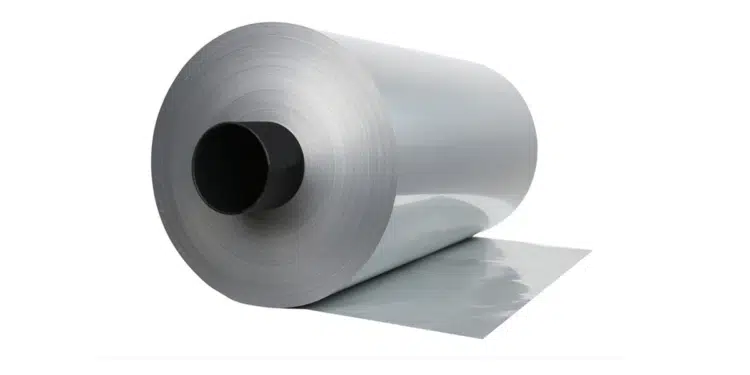Borealis, one of the world’s leading providers of advanced and circular polyolefin solutions and a European market leader in base chemicals, fertilizers and the mechanical recycling of plastics, is launching Stelora, a new class of sustainable engineering polymer offering increased strength, durability and a step change in heat-resistance capacitor polymer film dielectric.
- Stelora™ is a new class of engineering polymer suitable for a wide range of technically advanced applications for which high-temperature polymers are used today
- Stelora is produced from renewable feedstock, marking a significant step on the path to a circular economy
- The first commercial application of Stelora is within a high-heat-resistant capacitor film. The step change in heat-resistance capability will support film capacitors and the transition to renewable energy and E-Mobility
Stelora was developed in collaboration with TOPAS Advanced Polymers, the world’s leading producer of cyclic olefin copolymer (COC).
It is created using a unique process that combines COCs, which are a relatively new class of clear, high-purity polymer, with polypropylene (PP).
The result is a state-of-the-art material called ethylene-propylene-norbornene (EPN) that is suitable for a wide range of technically advanced applications, primarily used in e-mobility and renewable energy generation. This solution offers a sustainable alternative to replace conventional engineering polymers, which meet the high temperature requirements required for the new generation of energy-saving power semiconductors for invertors.
“Stelora is a unique solution that combines enhanced sustainability with elevated performance. We are confident that, within a short time, it will replace existing engineering polymers in a wide range of applications, providing our customers with a cost-effective, high-performance solution that also drives circularity and energy efficiency.” explains Ilkka Pentillä,CEO, Tervakoski Films Group, a long-standing Borealis customer of capacitor grades.
The first commercially available application of Stelora is within a high-heat-resistant capacitor film. This dielectric capacitor film made with Stelora offers all of the benefits of the equivalent made using PP resin as a dielectric, but with significant performance enhancements including exceptional heat resistance, superior electrical properties at high temperatures, and increased efficiency. Stelora-based film is also fully compatible with existing converting lines, so it can be processed by customers without the need for investment in new equipment, infrastructure or assets.
Supporting the transition to renewable energy and E-Mobility.
Heat-resistant capacitors are an important enabler in the transition to renewable energy and E-Mobility. By closing the product performance gap between polyolefin based polymers and high-temperature engineering plastics, Stelora improves the overall efficiency of heat-resistant capacitors .
Their cost and energy efficiency benefits are based on several complementary mechanisms:
High-heat-resistant capacitors degrade more slowly, so they need to be replaced less frequently. This makes them more suitable for use in offshore wind installations, where repairing and replacing parts is challenging. As the capacitors can tolerate higher temperatures, less space is required for cooling, reducing the size and construction cost of inverters.The same size-reducing mechanism enables the production of smaller and more energy-efficient final products that use transmitted energy, including electric vehicles.
A circular way
Stelora’s sustainability benefits go beyond energy efficiency. Like many products in Borealis’ portfolio, it is produced using renewable feedstock, allowing customers to achieve their sustainability targets, and supporting the transition to a circular economy, fully in line with Borealis’ mindset EverMinds(TM). .
Bart Verheule, Commercial Vice President, Energy: “At Borealis, we’re strongly aligned to the principles of both the UN Sustainable Development Goals and the European Green Deal. And therefore, with Stelora, we’re proud to be launching this transformative material solution for capacitor film, that combines outstanding performance with a number of important sustainability advantages as we reinvent essentials for sustainable living. Though the capacitor film market shall be the first to enjoy its benefits,
we’re exploring how Stelora’s many advantages can be potentially extended to other high performance applications in different sectors”.































